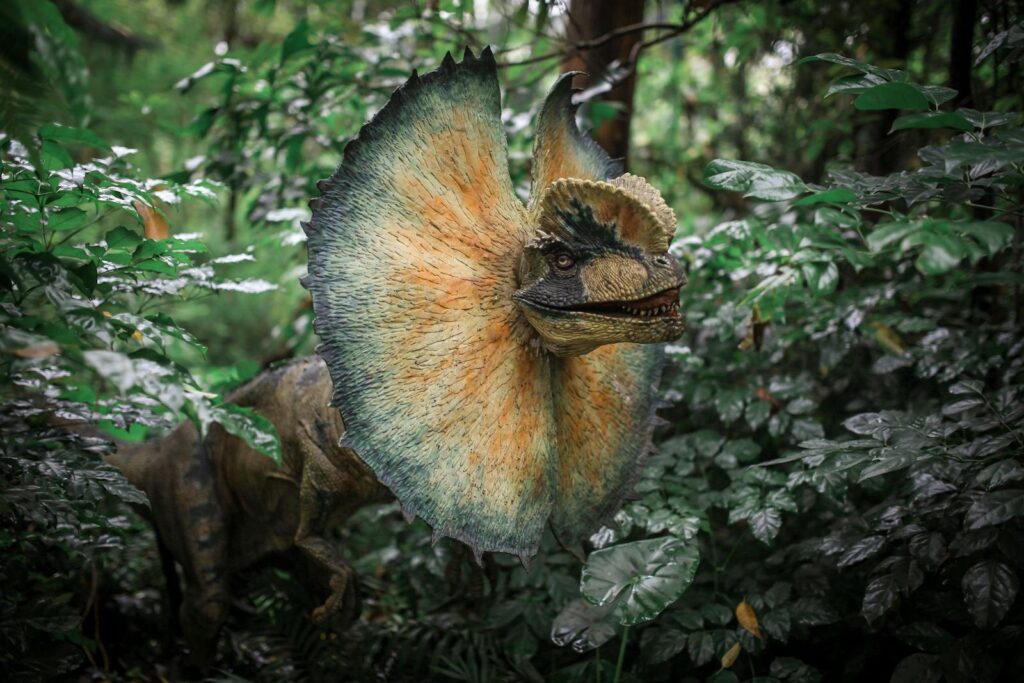In the realm of prehistoric creatures, few have captured the scientific imagination quite like Anzu wyliei, dramatically nicknamed the “Chicken from Hell.” This remarkable dinosaur, whose remains were discovered in the Dakotas, represents one of the most complete oviraptorosaurian fossils ever found in North America. Standing taller than the average human with its bizarre combination of features—including a beak, feathers, and powerful limbs—Anzu presents a fascinating glimpse into the diverse ecosystem that existed in western North America during the late Cretaceous period, approximately 66 million years ago. This unusual creature walked the Earth alongside famous dinosaurs like Tyrannosaurus rex and Triceratops, yet its existence remained unknown to science until remarkably recently.
Discovery and Naming: Unearthing a Prehistoric Mystery
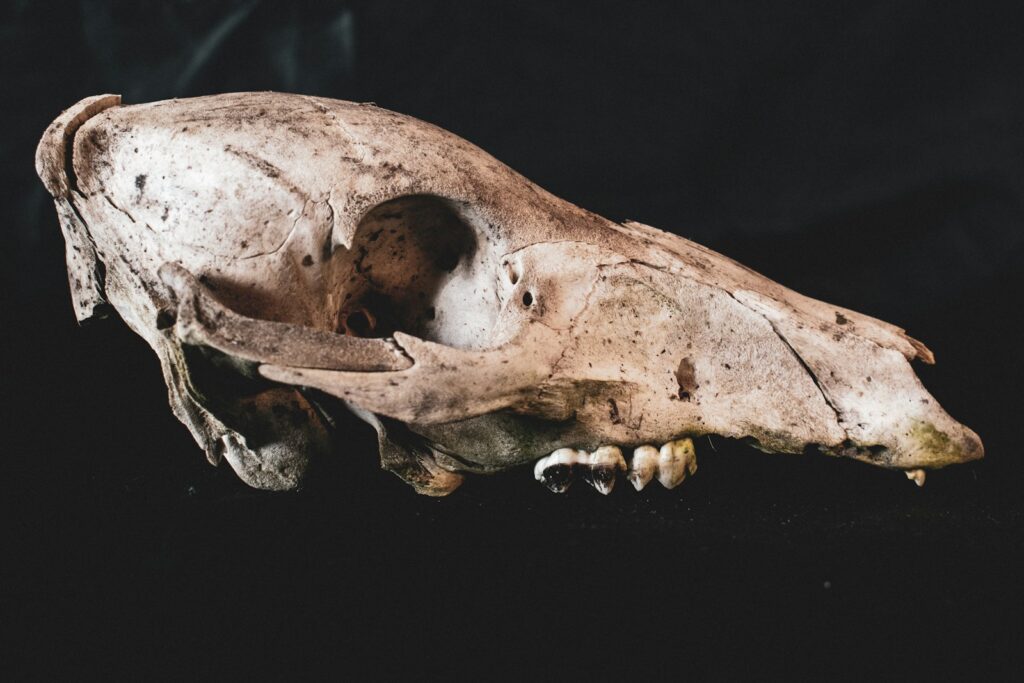
The first specimens of Anzu wyliei were discovered in the Hell Creek Formation spanning North and South Dakota between 1998 and 2006, representing an extraordinary scientific find. The dinosaur received its official scientific description in 2014, making it one of the more recently named dinosaur species. Its genus name “Anzu” refers to a feathered demon from Mesopotamian mythology, while the species name “wyliei” honors Wylie J. Tuttle, the grandson of a Carnegie Museum benefactor who supported the research. The fossils consisted of three partial skeletons that, when combined, provided scientists with about 80% of the complete skeleton—an unusually comprehensive representation for a newly discovered dinosaur species. This remarkable level of preservation allowed paleontologists to develop a thorough understanding of the creature’s anatomy and probable lifestyle with greater confidence than is possible for many other dinosaur species known only from fragmentary remains.
Physical Characteristics: A Bizarre Blend of Features
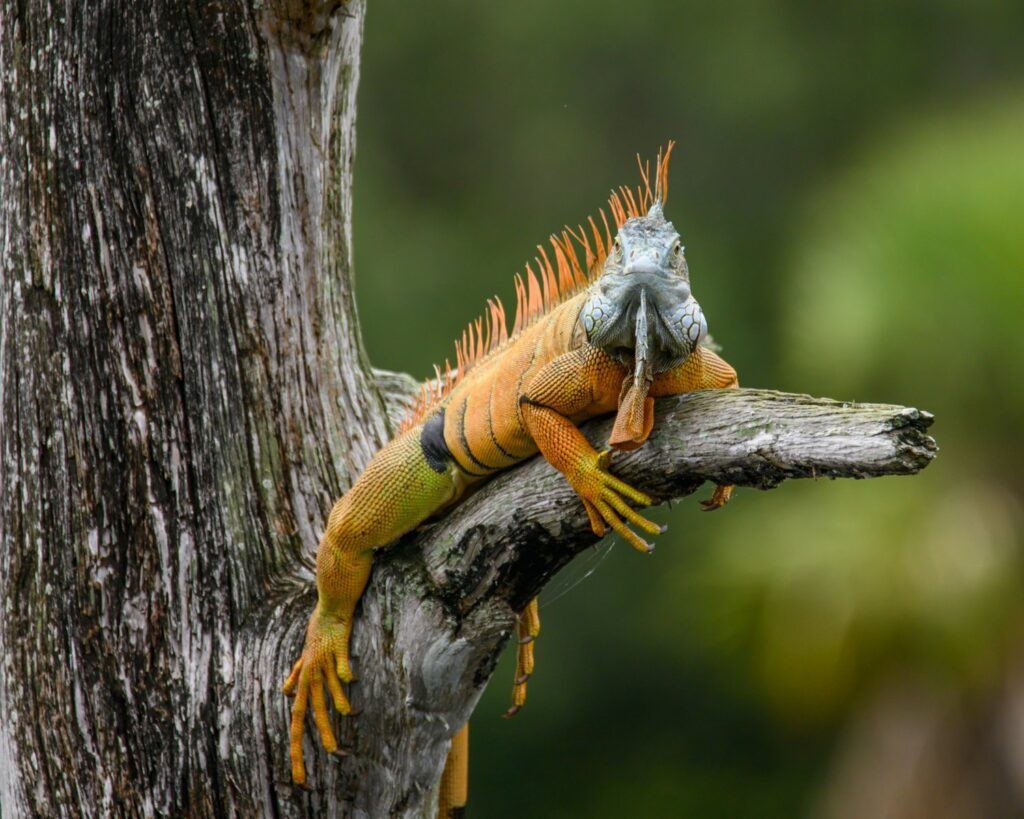
Anzu wyliei exhibited a striking and peculiar appearance that justified its dramatic nickname. Standing approximately 5 feet (1.5 meters) tall at the hip and measuring about 11 feet (3.5 meters) in length, this dinosaur weighed around 500 pounds (225 kilograms)—dimensions that made it a substantial presence in its ecosystem. Its most distinctive features included a toothless beak similar to modern birds, a prominent crest on its skull, and almost certainly a covering of feathers, though direct evidence of the feathers wasn’t preserved with the fossil specimens. The dinosaur possessed long, slender arms ending in sharp claws, powerful legs built for running, and a relatively short tail compared to many other dinosaur species. This unusual combination of characteristics—part bird-like, part reptilian—represents the evolutionary transition occurring among theropod dinosaurs that eventually led to modern birds, making Anzu a fascinating study in evolutionary development.
Taxonomic Classification: Understanding Anzu’s Family Tree
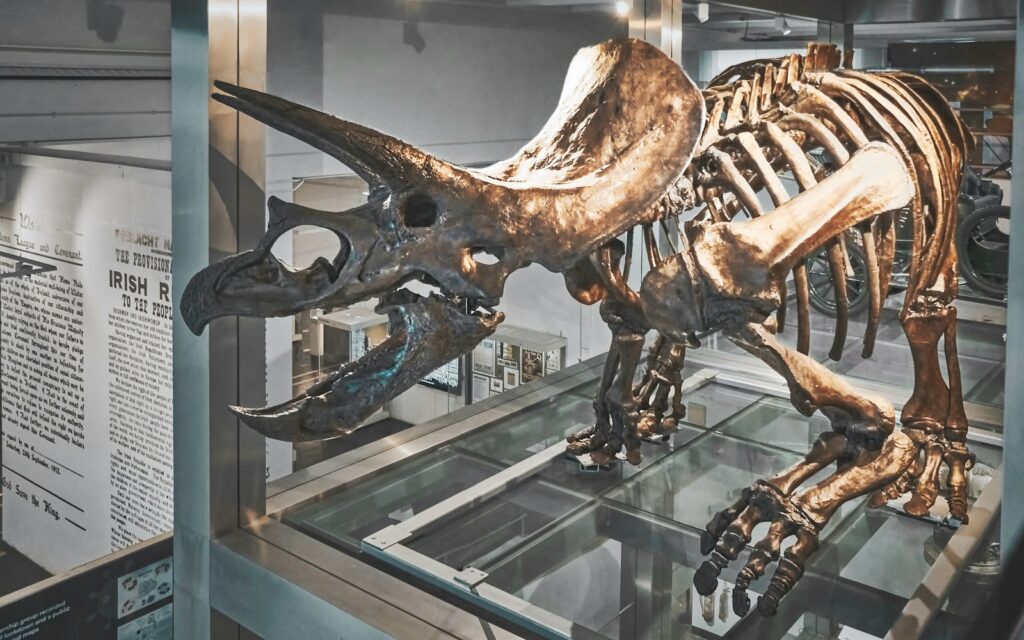
Anzu wyliei belongs to the family Caenagnathidae within the broader group Oviraptorosauria, a diverse clade of feathered, bird-like theropod dinosaurs. Oviraptorosaurs were maniraptoran dinosaurs, placing them among the closest dinosaurian relatives to modern birds. Within this evolutionary context, Anzu represents one of the largest known caenagnathids from North America, offering valuable insights into the diversity of this dinosaur family. Its discovery helped scientists better understand the geographical distribution of oviraptorosaurs, which were previously better known from Asian fossil specimens. The presence of this distinctive dinosaur in North America demonstrated that oviraptorosaurs had achieved a wider global distribution than previously recognized. Taxonomically, Anzu shares characteristics with both its Asian relatives and other North American caenagnathids, suggesting complex evolutionary relationships and possible migration patterns between continents during the Late Cretaceous period.
The Hell Creek Formation: Anzu’s Ancient Habitat
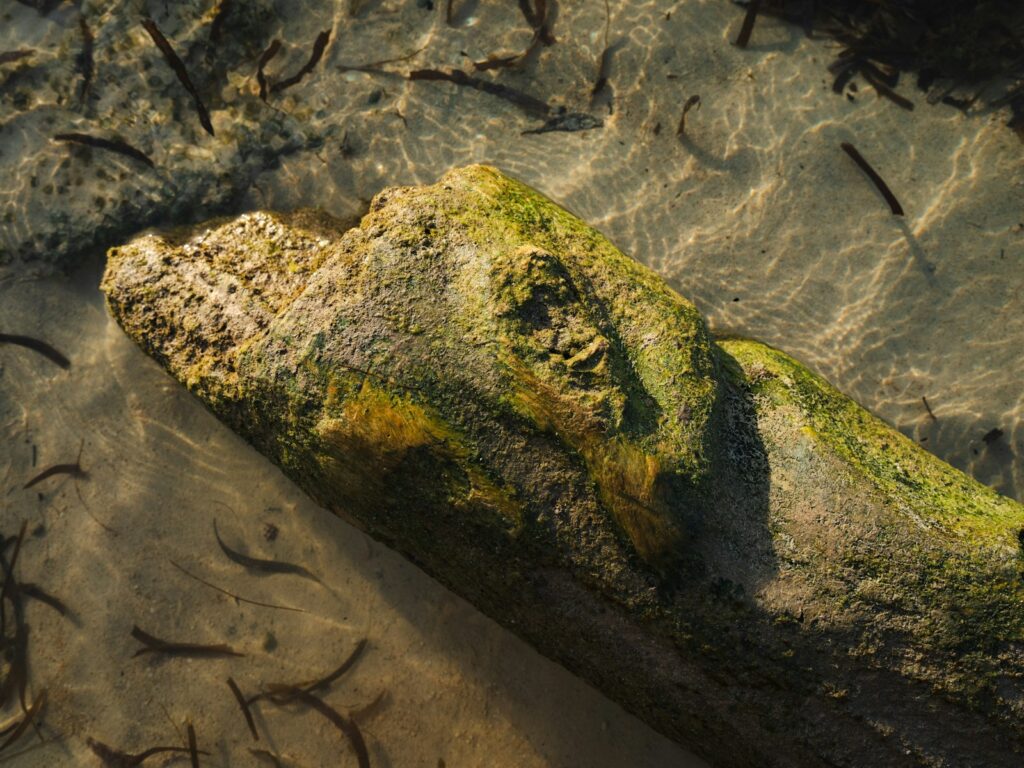
The Hell Creek Formation, where Anzu wyliei fossils were discovered, represents a diverse ecosystem that existed during the final stages of the Cretaceous period. This geological formation spans portions of Montana, North Dakota, South Dakota, and Wyoming, preserving a snapshot of life just before the catastrophic extinction event that wiped out non-avian dinosaurs 66 million years ago. During Anzu’s time, the region featured a warm, subtropical climate with extensive river systems, floodplains, and forests quite unlike today’s Dakotas. The formation has yielded fossils of numerous other famous dinosaurs, including Tyrannosaurus rex, Triceratops, and various duck-billed dinosaurs, indicating that Anzu shared its habitat with these iconic species. The environment supported a rich diversity of plant life, including angiosperms (flowering plants), conifers, ferns, and ginkgoes, creating a lush setting quite different from the modern Great Plains landscape that now exists in this region.
Dietary Habits: What Did the “Chicken From Hell” Eat?
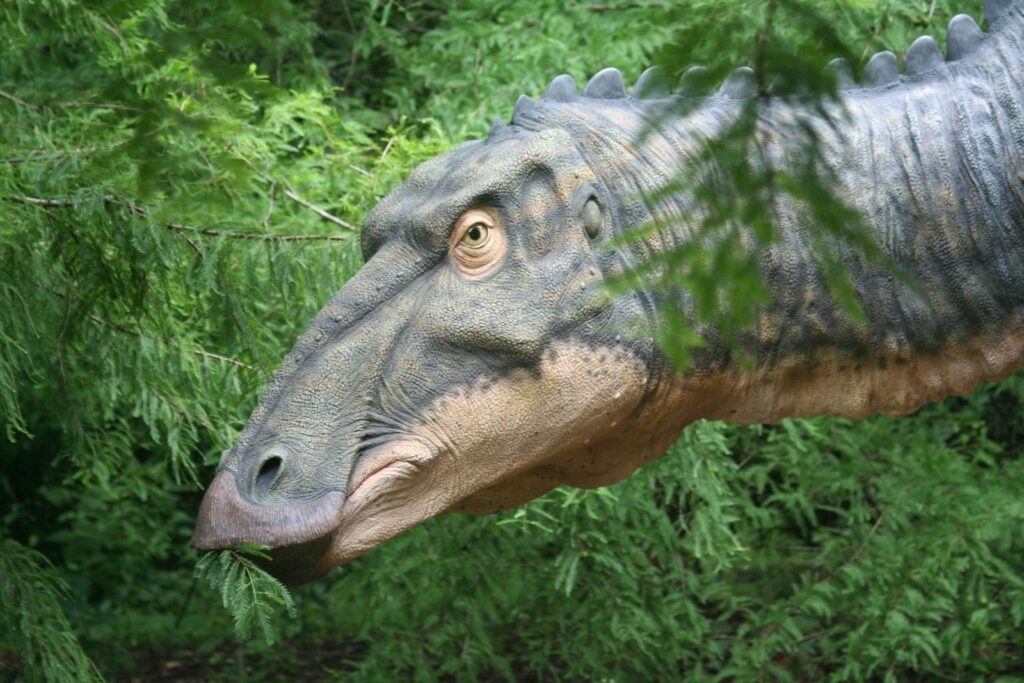
Paleontologists believe Anzu wyliei likely maintained an omnivorous diet, consuming a variety of foods from its environment. The dinosaur’s toothless beak would have been effective for grasping and manipulating various food items, potentially including small animals, eggs, seeds, fruits, and vegetation. This dietary flexibility would have provided Anzu with significant advantages in its ecosystem, allowing it to adapt to seasonal changes in food availability. Some scientists have suggested that the creature may have used its powerful forelimbs and claws to break into insect nests or termite mounds, similar to modern anteaters, though this remains speculative. The structure of its jaw and beak indicates it was not a specialized carnivore like the contemporaneous Tyrannosaurus rex, nor a dedicated herbivore like Triceratops. Instead, Anzu probably opportunistically consumed whatever nutritious foods it could find, making it an ecological generalist within the late Cretaceous ecosystem of North America.
Behavior and Lifestyle: Daily Life of a Prehistoric Oddity
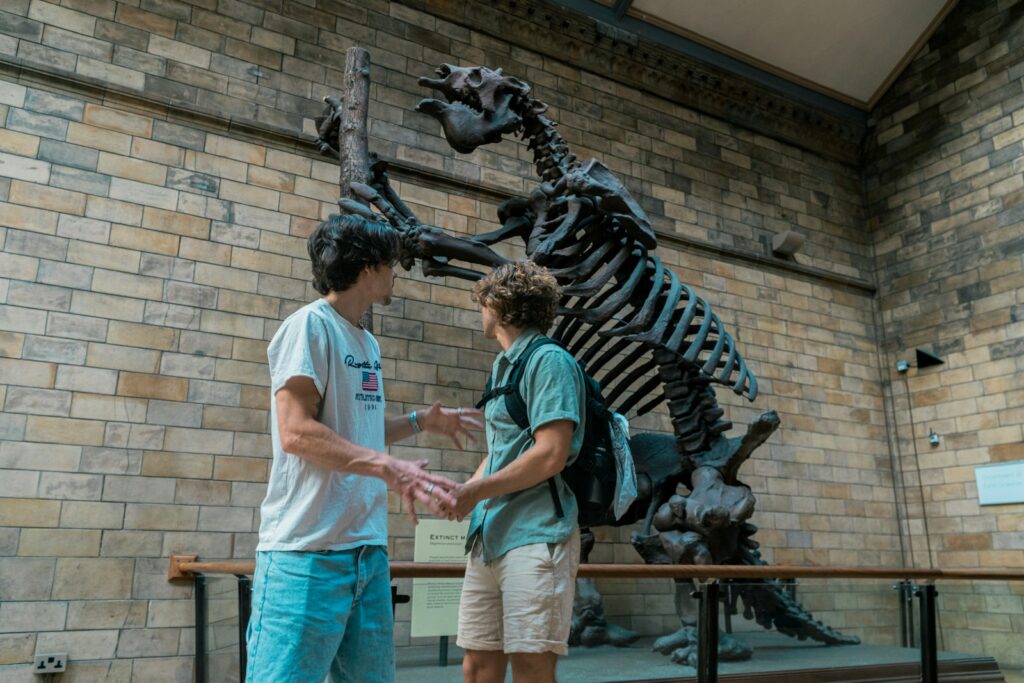
The anatomical features of Anzu wyliei offer clues about how this unusual dinosaur may have behaved in its prehistoric environment. Its long, powerful legs suggest it was capable of running at considerable speeds, potentially to escape predators like Tyrannosaurus rex or to chase down smaller prey. The combination of dexterous forearms with sharp claws indicates Anzu was likely adept at manipulating objects, perhaps for feeding or nest-building activities. Based on comparisons with related dinosaurs, paleontologists speculate that Anzu may have engaged in complex social behaviors, possibly including group living and elaborate mating displays involving its head crest and feathers. The presence of features associated with visual display suggests some level of social complexity, though direct evidence of specific behaviors remains elusive. Anzu’s nest-building and reproductive strategies would likely have resembled those of other oviraptorosaurs, which are known to have laid eggs and possibly provided parental care, behaviors that further highlight the evolutionary connection between dinosaurs and modern birds.
Evolutionary Significance: A Missing Piece of the Dinosaur Puzzle

The discovery of Anzu wyliei helped fill a significant gap in scientists’ understanding of dinosaur evolution, particularly regarding the development of bird-like features in theropod dinosaurs. As one of the most complete caenagnathid specimens ever found, Anzu provided crucial insights into a group of dinosaurs previously known mainly from fragmentary remains in North America. Its mixture of bird-like and reptilian features represents an important evolutionary stage in the lineage that would eventually lead to modern birds, the only surviving dinosaur descendants. The presence of features such as the toothless beak, likely feather covering, and hollow bones demonstrates how these avian characteristics evolved long before actual birds appeared. Additionally, Anzu’s existence in North America helps paleontologists trace the geographical spread and diversification of oviraptorosaurs across continents during the Late Cretaceous period. This dinosaur thus serves as a critical reference point for understanding both the anatomical evolution of bird-like features and the biogeographical patterns of dinosaur distribution before the end-Cretaceous extinction event.
The Origin of the “Chicken From Hell” Nickname
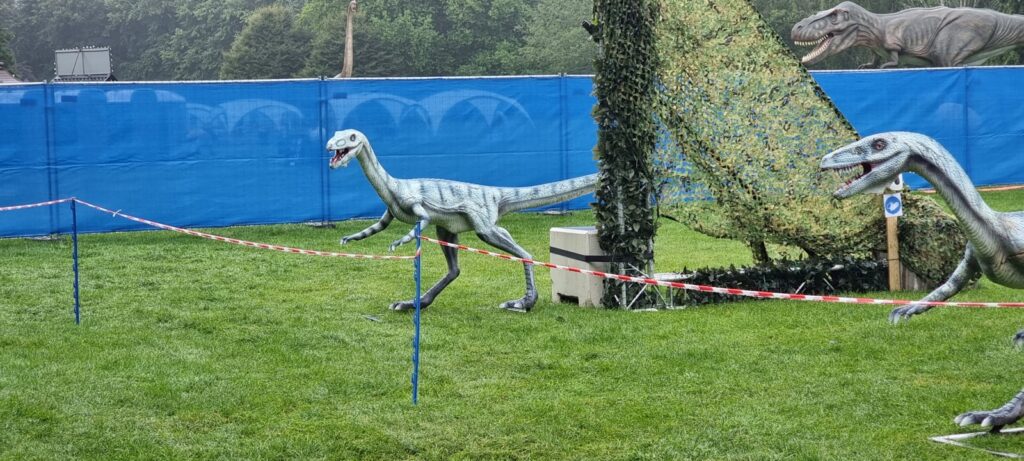
The colorful nickname “Chicken from Hell” originated from a combination of Anzu’s physical appearance and the location of its discovery. The dinosaur’s bird-like features—including its presumed feathered body, beaked face, and overall proportions—certainly evoked comparisons to an oversized, prehistoric chicken. The “from Hell” portion of the moniker derives from the Hell Creek Formation where the fossils were unearthed, creating a memorable and somewhat ominous descriptor that quickly captured public imagination. This nickname was embraced by the scientific team that described the species, with paleontologist Matt Lamanna of the Carnegie Museum of Natural History using the term when introducing the dinosaur to the public. While seemingly sensationalistic, the nickname actually serves a valuable purpose in science communication, making this important discovery more accessible and memorable to non-scientists. The evocative name helped generate substantial media coverage of Anzu’s discovery, bringing attention to paleontology and the ongoing process of understanding dinosaur diversity and evolution.
Research Challenges: Piecing Together a Prehistoric Puzzle
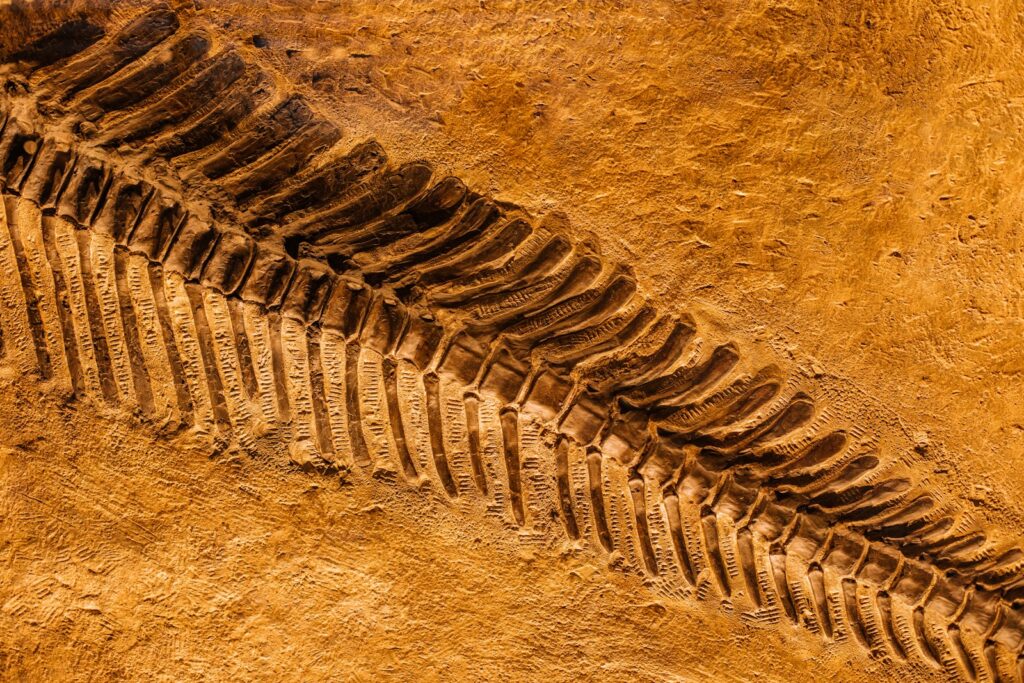
The study of Anzu wyliei presented paleontologists with several significant challenges despite the relatively complete nature of the fossil specimens. One major difficulty involved determining the precise appearance of the living animal, particularly regarding its feather covering—while scientists are confident Anzu had feathers based on its evolutionary position, the direct preservation of feather impressions was absent from the fossils. Researchers also faced challenges in interpreting certain anatomical features that had no direct modern equivalent, requiring careful comparative analysis with both extinct relatives and modern birds. The fragmentary nature of the three partial skeletons necessitated meticulous work to determine which bones belonged together and how they articulated, essentially solving a three-dimensional jigsaw puzzle with some pieces permanently missing. Additionally, determining Anzu’s exact ecological niche required integrating evidence from tooth wear patterns, jaw biomechanics, and environmental context, all while accounting for the limitations of the fossil record. Despite these challenges, the research team managed to develop a comprehensive understanding of this remarkable dinosaur through interdisciplinary collaboration and the application of cutting-edge analytical techniques.
Cultural Impact: Anzu in the Public Imagination
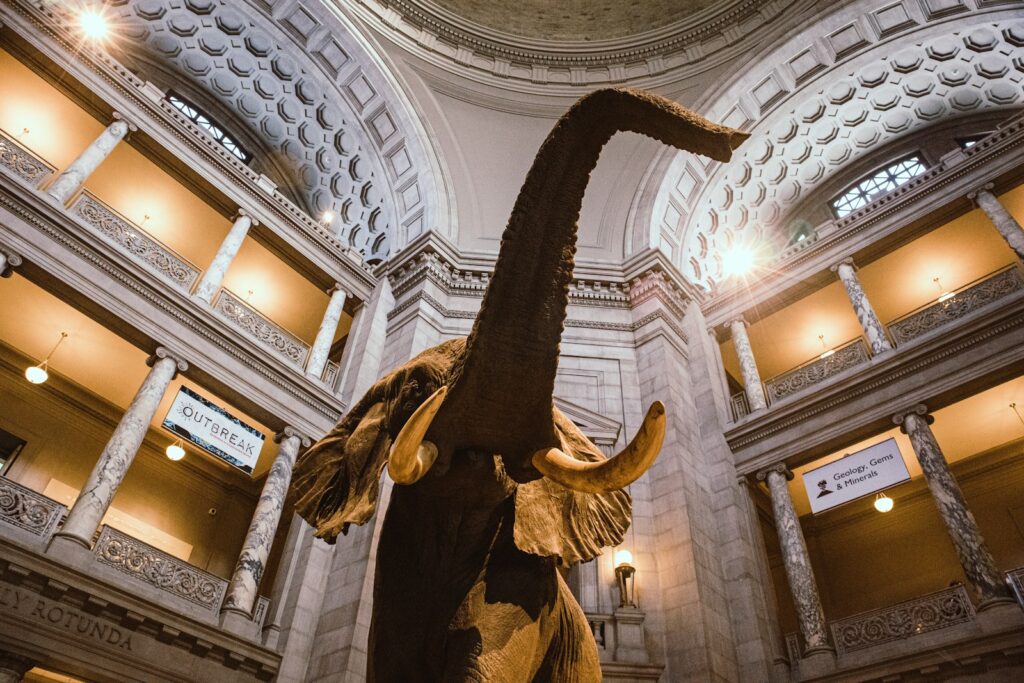
Since its official description in 2014, Anzu wyliei has made a notable impact on public understanding of dinosaur diversity and evolution. The dinosaur’s distinctive appearance and memorable nickname have helped it secure a place in popular science media, with features in documentaries, museum exhibits, and educational materials. Several major natural history museums have created reconstructions or models of Anzu, helping visitors visualize this strange creature that once roamed North America. The dinosaur has appeared in various paleontology books and children’s educational materials, often highlighted as an example of the unexpected diversity of dinosaur forms. Anzu has also been incorporated into some dinosaur-themed games and media, though it hasn’t yet achieved the iconic status of dinosaurs like Tyrannosaurus or Triceratops. Nevertheless, as a relatively recent scientific discovery with an evocative nickname and unusual appearance, Anzu has successfully captured public interest and helped demonstrate that our understanding of dinosaur diversity continues to evolve with new discoveries.
Comparison to Other Oviraptorosaurs: Family Resemblances
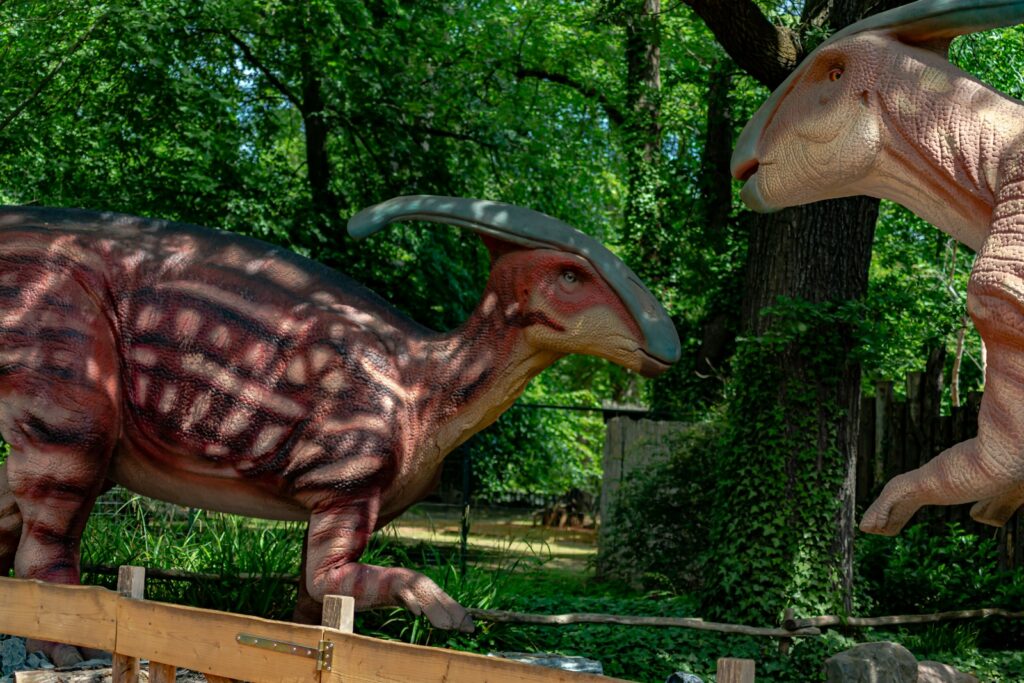
Anzu wyliei shared many characteristics with its oviraptorosaur relatives while also displaying distinctive features that set it apart. Compared to Asian oviraptorosaurs like Oviraptor and Citipati, Anzu was generally larger and had proportionally longer limbs, suggesting different locomotor adaptations possibly related to its North American habitat. Unlike the more specialized beaks seen in some Asian relatives, Anzu’s beak structure indicates a more generalist feeding approach, potentially reflecting different food resources available in its environment. The North American caenagnathid Chirostenotes, another relative, was smaller than Anzu and displayed subtle differences in jaw structure and limb proportions. Anzu’s cranial crest, while substantial, was not as elaborate as those seen in some Asian oviraptorosaurs, suggesting possible differences in display behaviors or sexual selection pressures. These comparative differences highlight the evolutionary adaptability of oviraptorosaurs across different continents and environments, demonstrating how this dinosaur group diversified to fill various ecological niches during the Late Cretaceous period while maintaining their distinctive bird-like characteristics.
Extinction Context: The End of Anzu’s World
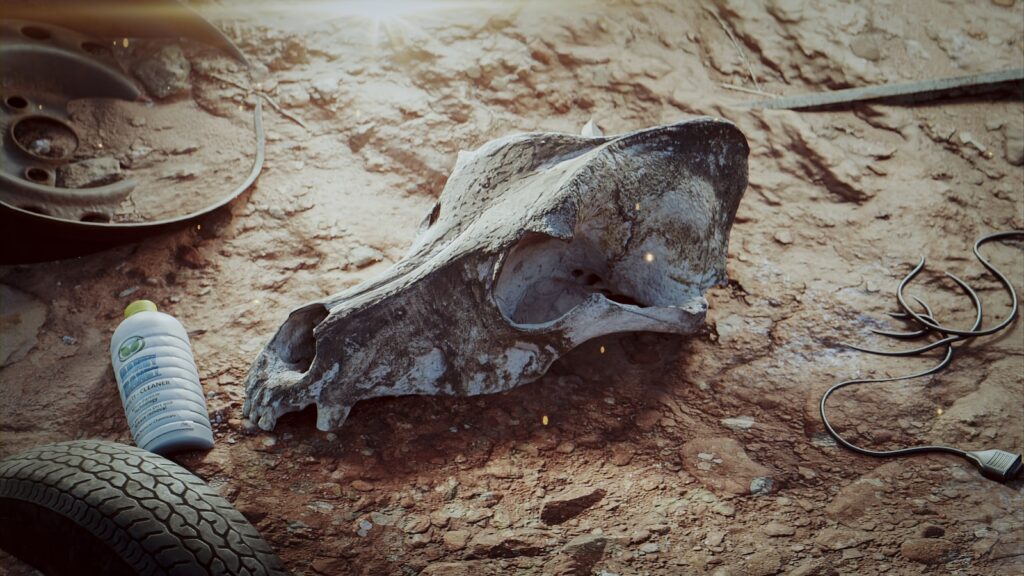
Anzu wyliei lived during the final stages of the Cretaceous period, just before the catastrophic extinction event that would eliminate all non-avian dinosaurs approximately 66 million years ago. This timing places Anzu among the last dinosaurs to walk the Earth, experiencing the environmental conditions leading up to the massive asteroid impact at Chicxulub, Mexico, that fundamentally altered Earth’s ecosystems. The Hell Creek Formation provides valuable insights into this critical time period, preserving evidence of environmental stresses that may have been affecting dinosaur communities even before the asteroid impact. Some research suggests dinosaur diversity was already declining in certain regions, though the exact patterns remain debated among paleontologists. When the asteroid struck, creating worldwide catastrophic conditions including wildfires, acid rain, and a prolonged “impact winter,” Anzu and its dinosaurian contemporaries were unable to survive the rapid and severe environmental changes. Unlike its distant relatives that would evolve into modern birds, Anzu represented an evolutionary branch that would come to a definitive end with the Cretaceous-Paleogene extinction event.
Future Research: Unanswered Questions About the “Chicken From Hell”
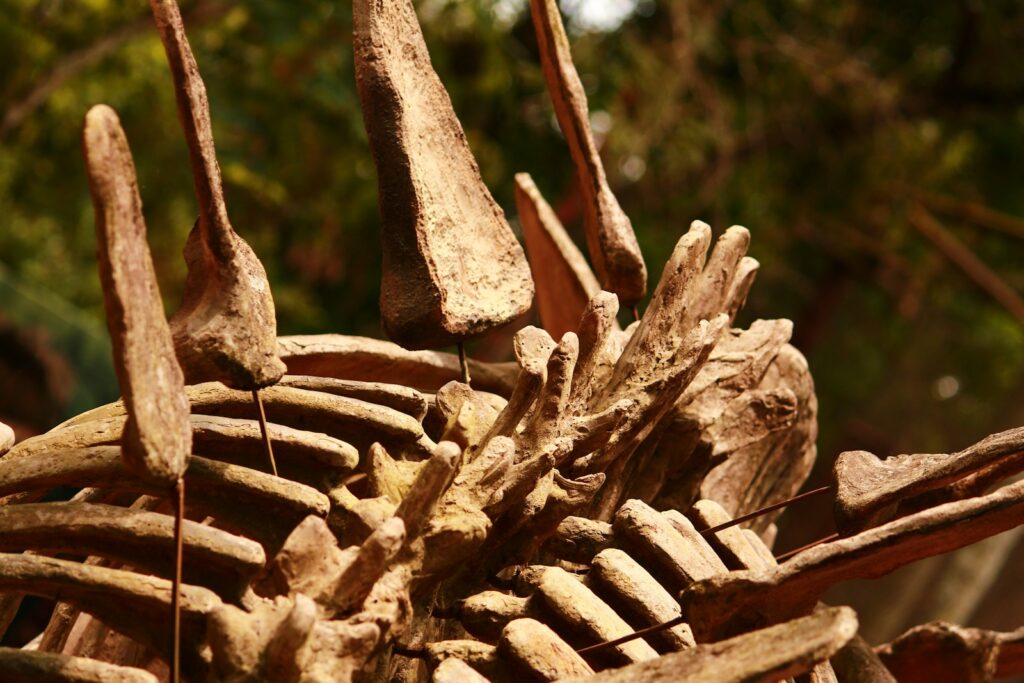
Despite the significant advancements in understanding Anzu wyliei since its description, numerous questions remain that will drive future research efforts. Paleontologists continue searching for additional specimens that might preserve direct evidence of feather structure and coloration, which would provide crucial insights into the dinosaur’s appearance and possibly its behavior. Questions about Anzu’s precise ecological role persist, with ongoing research into jaw mechanics and comparative anatomy potentially clarifying its dietary preferences and feeding strategies. The reproductive biology of Anzu remains speculative, with researchers hoping to discover nests or egg clutches that would illuminate its breeding habits and parental care behaviors. Detailed studies of bone microstructure might reveal growth patterns and life history traits, including how quickly Anzu matured and its potential lifespan. Further exploration of the Hell Creek Formation may yield additional Anzu specimens or closely related species, expanding our understanding of caenagnathid diversity in Late Cretaceous North America. As analytical techniques continue to advance, existing Anzu fossils may be re-examined using new technologies like advanced CT scanning or molecular paleontology approaches, potentially revealing previously undetectable features and further illuminating the biology of this remarkable dinosaur.
Conclusion: The Significance of the “Chicken From Hell”
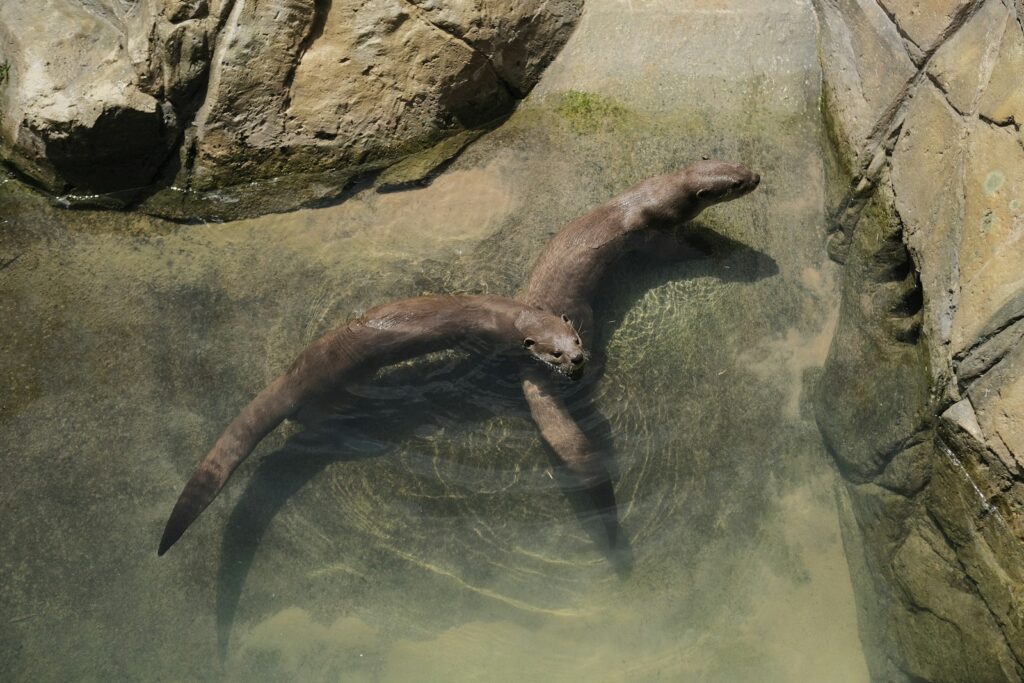
Anzu wyliei stands as a testament to the continuing evolution of our understanding of dinosaur diversity and the ongoing nature of paleontological discovery. This remarkable creature, with its bizarre combination of features and evocative nickname, reminds us that dinosaurs were far more diverse and specialized than early conceptions suggested. Discovered only recently despite its existence in a well-studied formation, Anzu demonstrates that significant fossil discoveries still await even in relatively well-explored regions. As one of the last non-avian dinosaurs to exist before the extinction event, it provides valuable insights into the ecology of Late Cretaceous North America during a critical period in Earth’s history. The “Chicken from Hell” serves as a compelling ambassador for paleontology, capturing public imagination while advancing scientific understanding of dinosaur evolution and the complex evolutionary relationship between dinosaurs and modern birds. Each new discovery like Anzu not only fills gaps in our knowledge but also generates new questions, driving the perpetual cycle of scientific inquiry that continues to reshape our vision of prehistoric life on Earth.


